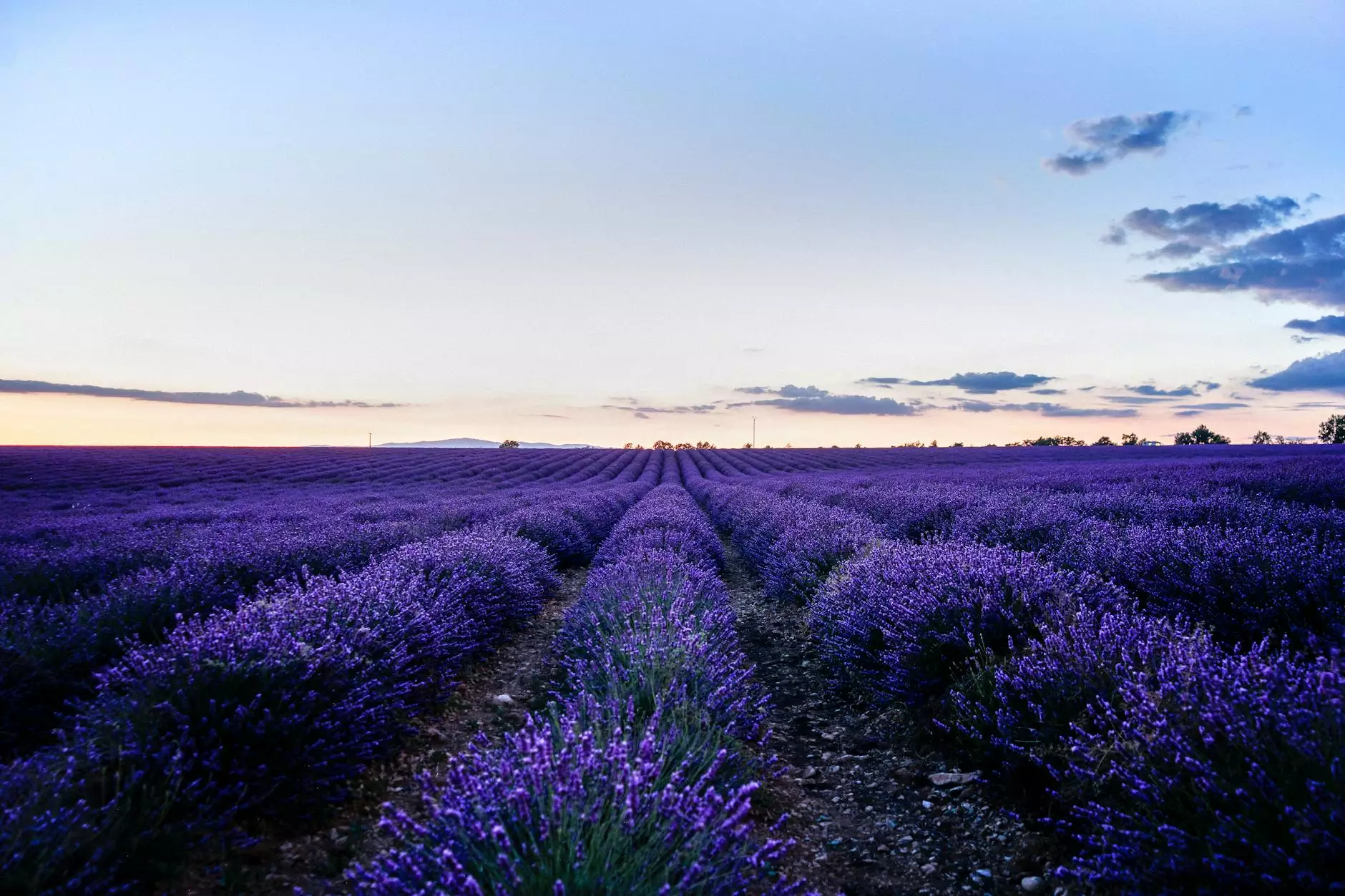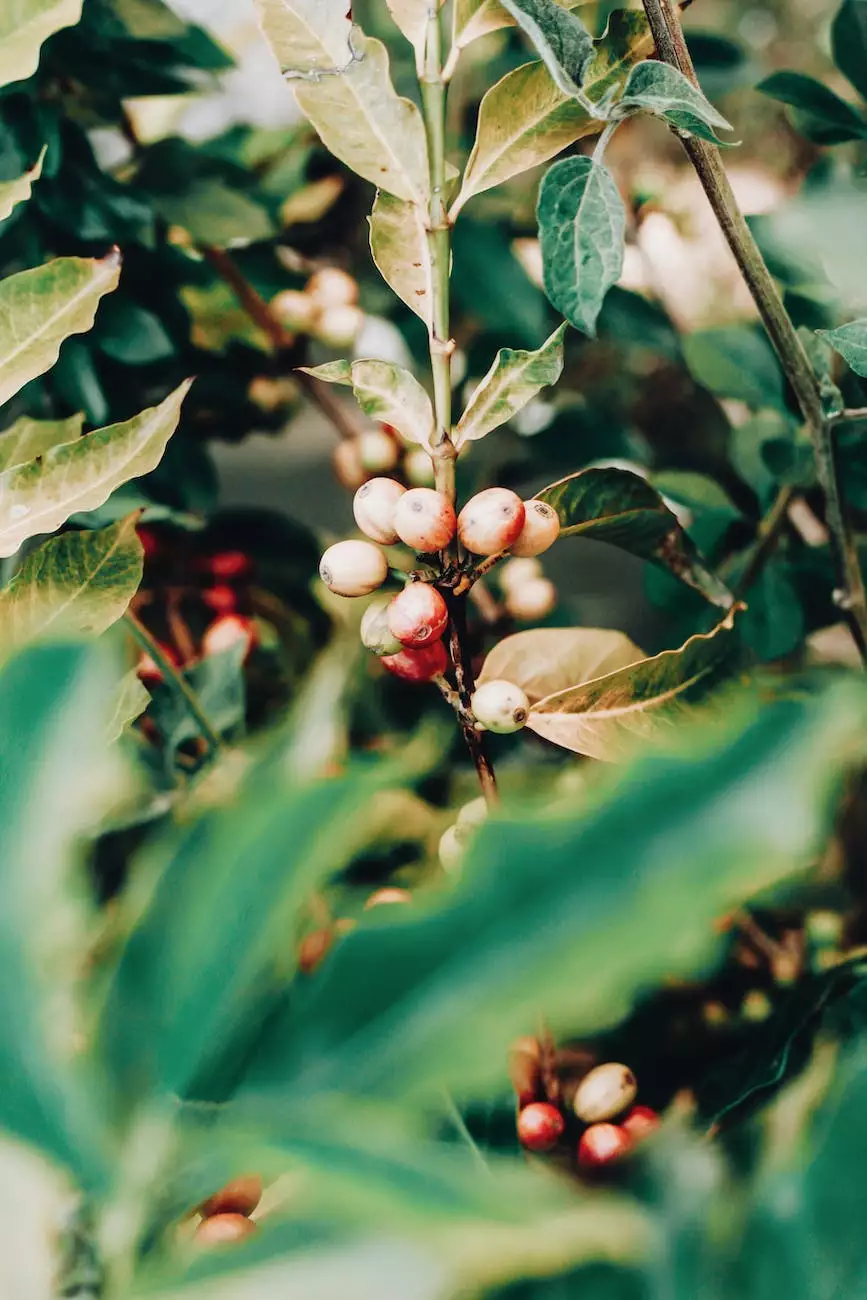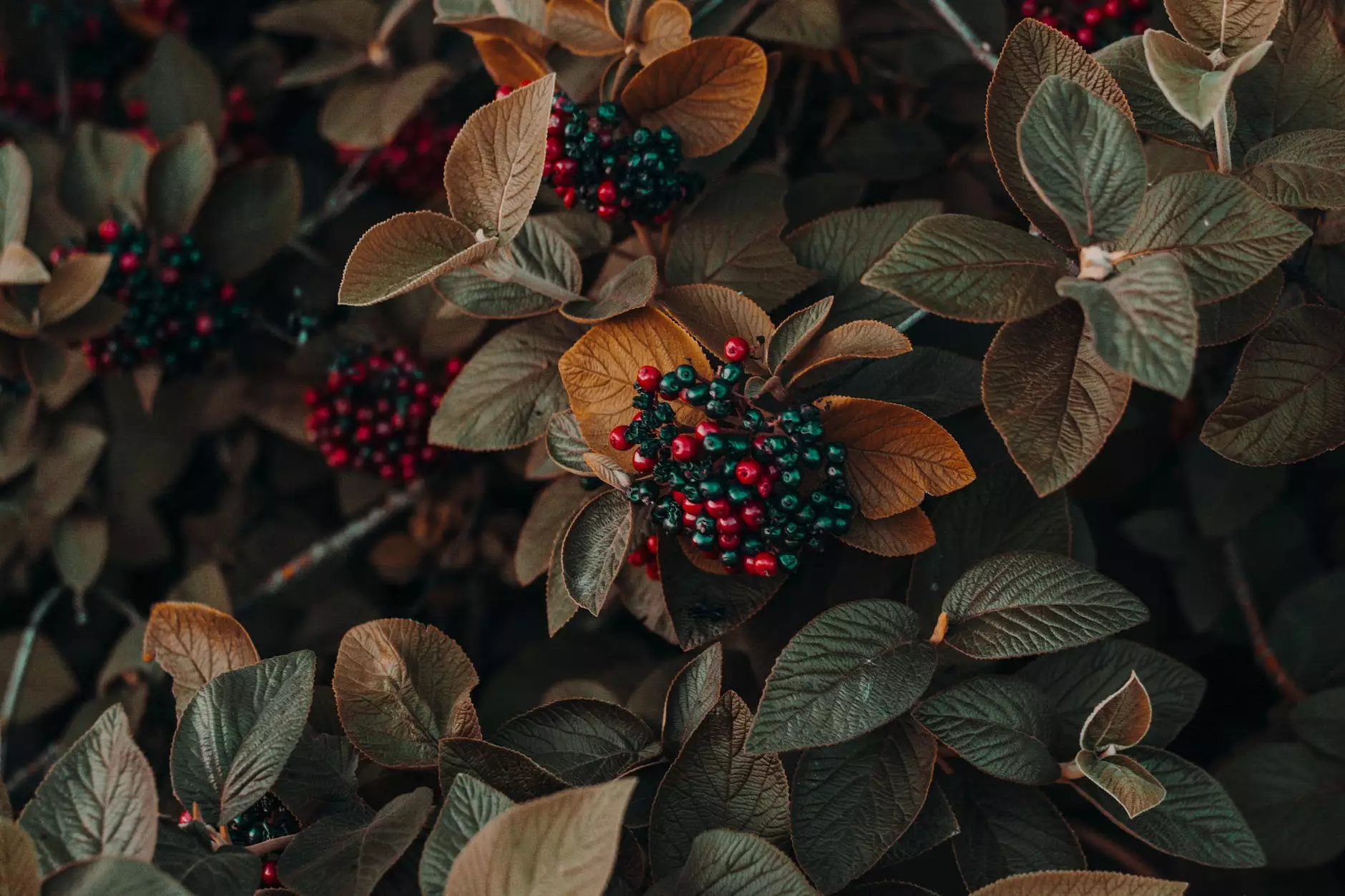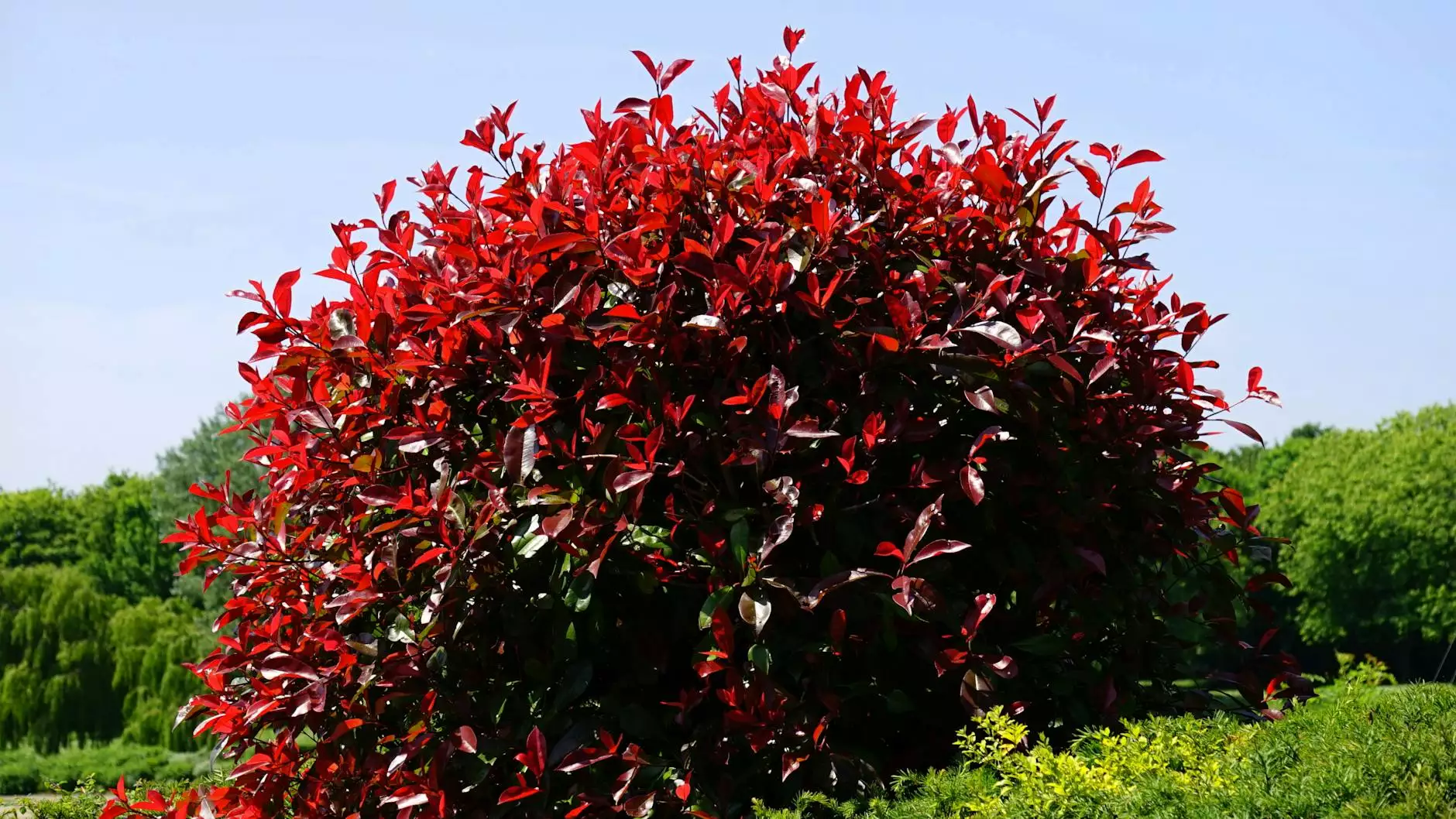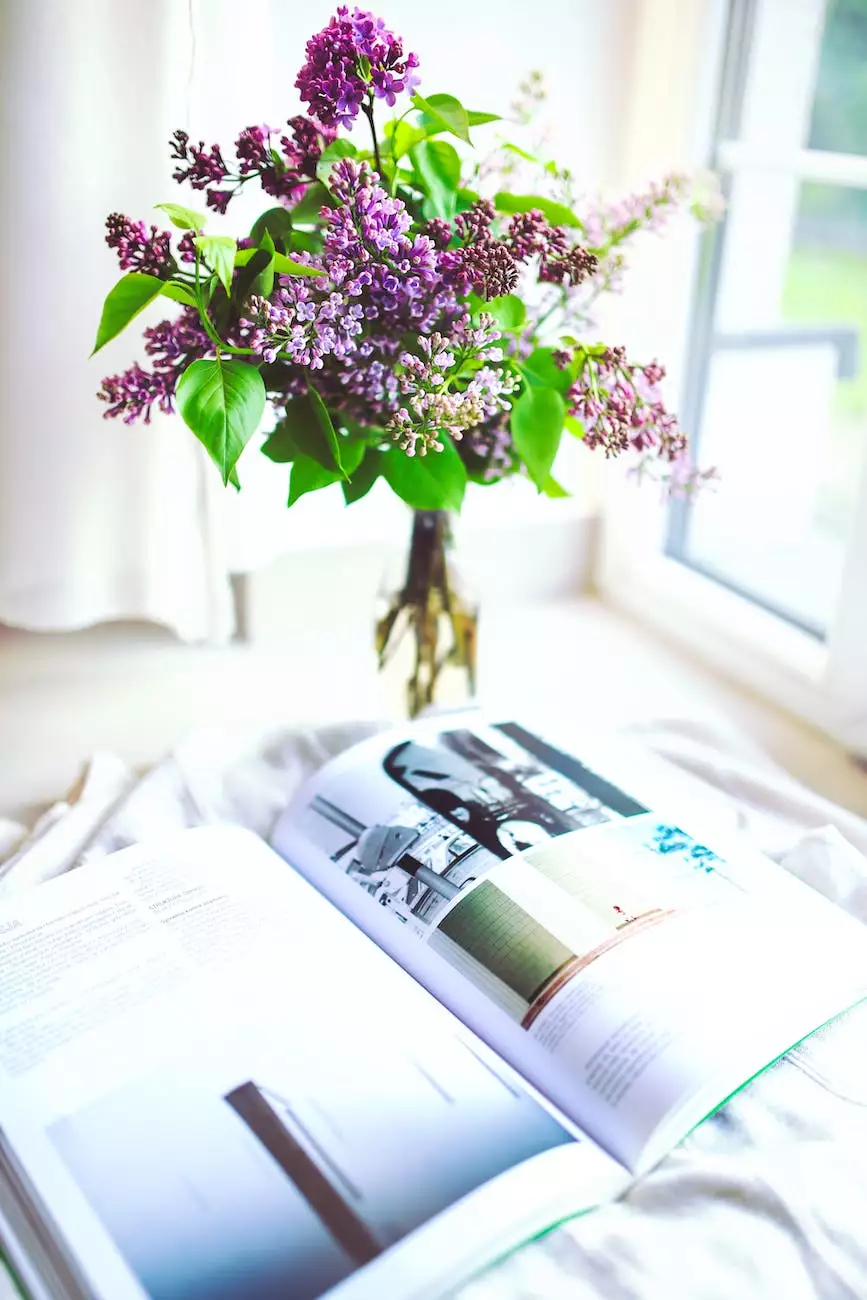Salvia lanceolata (1 qt) | Rusty Sage (1 qt)

Introduction
Welcome to Pollen Bank, your one-stop shop for high-quality natural products. In our eCommerce & Shopping - Food & Supplements category, we bring you Salvia lanceolata (1 qt) - also known as Rusty Sage (1 qt). This plant is highly valued for its numerous benefits and versatile uses.
About Salvia lanceolata
Salvia lanceolata, commonly referred to as Rusty Sage, is a beautiful perennial herb native to the Mediterranean region. It belongs to the mint family, Lamiaceae, and is an excellent addition to any garden or landscape.
Benefits and Uses
Salvia lanceolata offers a wide range of benefits, making it a popular choice among herbal enthusiasts. Here are some of the key benefits and uses of this remarkable plant:
1. Medicinal Properties
Salvia lanceolata has been used for centuries in traditional medicine for its various medicinal properties. It contains several active compounds, such as flavonoids, phenolic acids, and terpenoids, which contribute to its therapeutic effects. Some potential health benefits include:
- Anti-inflammatory properties
- Antioxidant activity
- Relief from indigestion and gastrointestinal discomfort
- Immune system support
- Improved respiratory health
2. Culinary Delights
Aside from its medicinal properties, Salvia lanceolata is also used in culinary applications. Its leaves add a unique flavor and aroma to various dishes, making it a delightful addition to your kitchen herb garden. Here are some ways to incorporate Rusty Sage into your cooking:
- Herbal teas
- Infused oils and vinegars
- Seasoning for roasted vegetables and meats
- Flavor enhancer in soups and stews
3. Ornamental Value
In addition to its practical uses, Salvia lanceolata boasts exceptional ornamental value. Its vibrant and fragrant flowers attract pollinators like bees and butterflies, adding beauty to any garden or landscape. The plant's attractive foliage and compact growth habit make it an excellent choice for borders, containers, and rock gardens.
Cultivation and Care
Interested in growing your own Salvia lanceolata? Follow these helpful tips to ensure successful cultivation:
1. Sun and Soil
Rusty Sage thrives in full sun to partial shade, making it adaptable to different lighting conditions. It prefers well-draining soil with moderate fertility.
2. Watering
Adequate watering is crucial during the establishment phase. Once established, Salvia lanceolata is relatively drought-tolerant and requires minimal watering.
3. Pruning
To maintain the plant's compact shape and encourage continuous blooming, regular pruning is recommended. Remove faded flowers and trim the stems to promote new growth.
4. Pests and Diseases
Salvia lanceolata is generally resistant to pests and diseases. However, keeping an eye out for common garden pests like aphids and slugs is advisable. Applying organic pest control methods can help deter these unwanted visitors.
Where to Buy Salvia lanceolata
Pollen Bank is your trusted source for Salvia lanceolata (1 qt) - Rusty Sage (1 qt) and a wide range of other natural products. Visit our website's eCommerce & Shopping - Food & Supplements category to explore our vast selection and make a purchase today.
In Conclusion
Salvia lanceolata, also known as Rusty Sage, is a remarkable plant that offers numerous benefits and culinary delights. Whether you're interested in its medicinal properties, its ornamental value, or simply want to add a unique flavor to your cooking, Salvia lanceolata is a versatile and worthwhile addition to any garden or landscape. At Pollen Bank, we provide high-quality Salvia lanceolata (1 qt) - Rusty Sage (1 qt) and other natural products to enhance your well-being and enrich your life.
References:
1. Chen, K. S., et al. "Analysis of flavonoids from the leaves of Salvia species." Wenwu yanjiu (2004): 432-434.
2. Cirak, C., et al. "Phytochemical and pharmacological characterization of micropropagated Salvia tomentosa using HPTLC and LC-ESI-QTOF-MS/MS." Industrial crops and products 137 (2019): 216-222.
3. Govaerts, Raf et al. "World Checklist of Lamiaceae." Facilitated by the Royal Botanic Gardens, Kew. Available from: http://wcsp.science.kew.org./ [Accessed 3rd May 2022].
